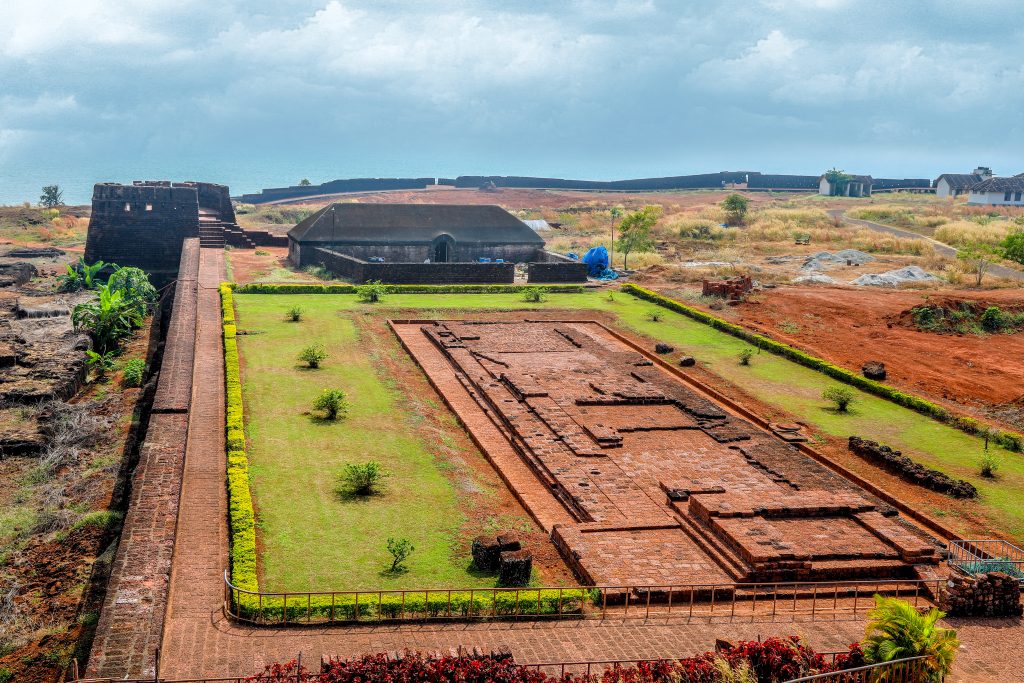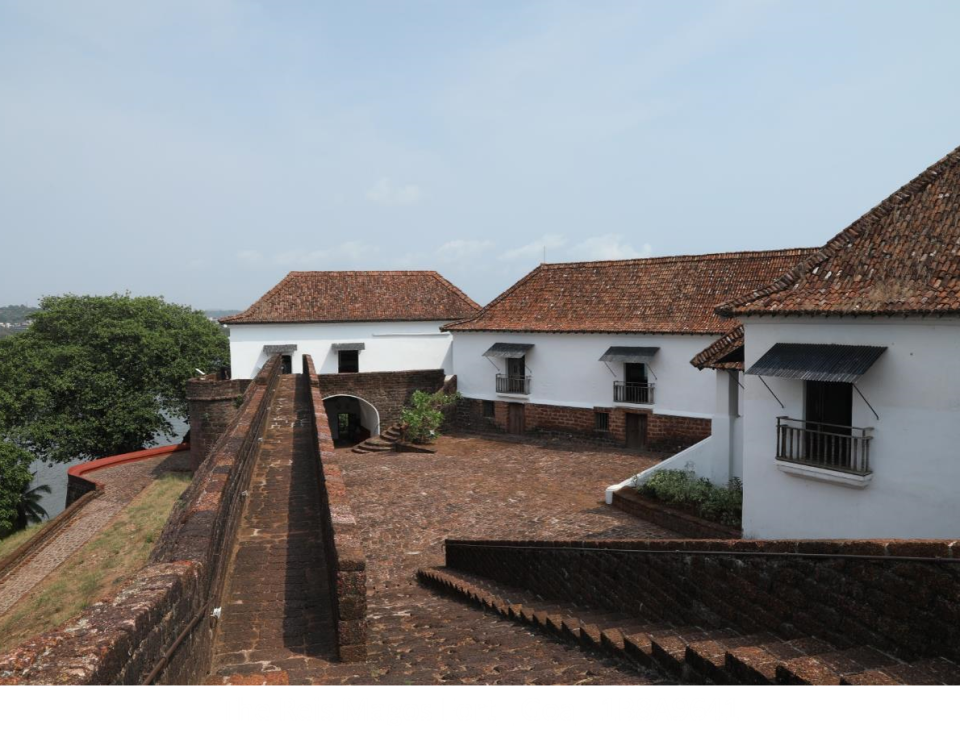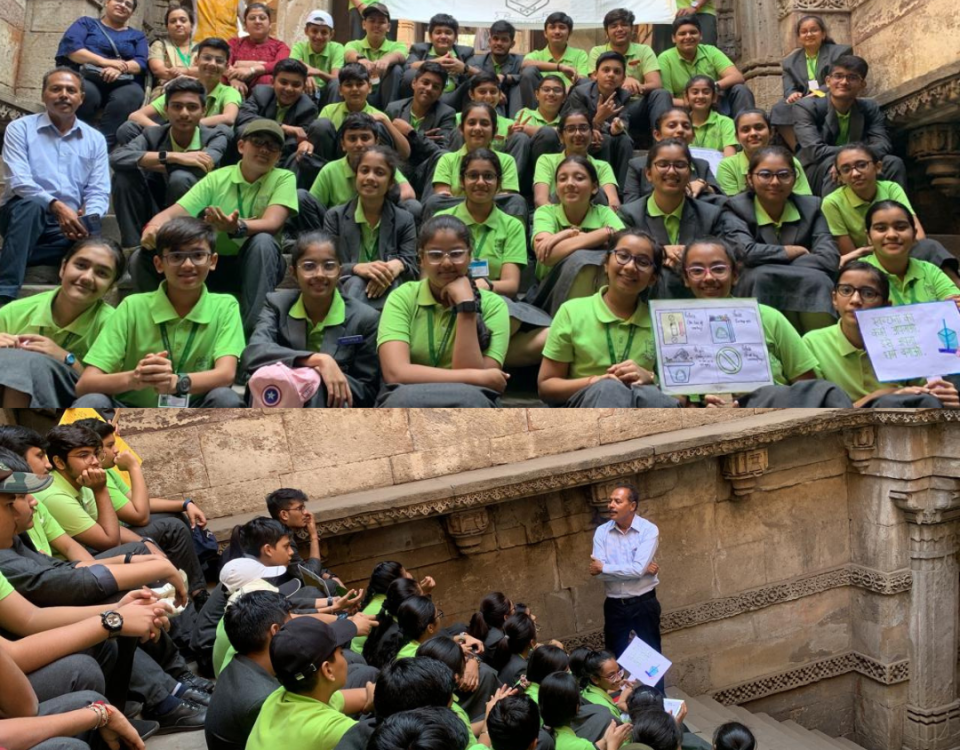Bekal Fort, Pallikare, District: Kasargod
Step into a World of Colorful Butterflies at Shalabh Butterfly Garden & Resort: A Must-Visit Destination for Nature Enthusiasts!
May 29, 2023Bekal Fort, Pallikare, District: Kasargod
Bekal fort is situated 15 km south of Kasargod on the national highway at the northern tip of the state. Bekal fort is one of the biggest and best-preserved forts of Kerala on the Arabian Sea. In the early period, Bekal was under the control of Kadamba dynasty of Karnataka and later under the Mashika kingdom and subsequently ruled by the Kolathiri Rajahs. Under the reign of Kolathunadu rulers, in 13th contury AD, Bekal became one of the important part towns in Kerala. At the same time maritime trade with Portuguese and other European countries attained importance from the days of Vijayanagara rulers. After the fall of Vijayanagara Empire, the south Canara district and a part of Kasargod came under the control of Ikkori Nayakas. They were also known as Bednore Nayakas or Keladi Nayakas after thair capital at Bednore and Kaladi respectively. Sivappa Nayaka of Bednore constructed the Bekal fort in 1650 A.D. They were also responsible for the construction of Chandragiri Fort at Kasargod. Another opinion is that Kolathiri Raja built the fort and later on reconstructed by Sivappa Nayaka (1645-1660AD). Due to its resourceful and strategic importance, this area had witnessed many battles between the British and Haider All. Later Haider All captured Bakal fort in 1763 AD. During the time of Tipu sultan, it became a centre of administration of Tulunadu and Malabar area. After the fall of Tippu Sultan in 1799 A.D. Bekal fort was incorporated into the dominion of the British.

The fort is built of laterite blocks directly over the bedrock. It is roughly polygonal on plan perched on the steep bank of the sea. The twelve-meter high fortification wall is Impregnated with fifteen bas tions of semicircular, octagonal, oval, square and rectangular shape the main with entrance in zigzag fashion on the north side. The northern side of the fort is surrounded by a moat. The important struc tures in the fort are the stepped tank, tunnel with opening towards the sea, the magazine for keeping ammunition, the sea bastion and an observation tower with a ramp in the middle of the fort. This tower is of great strategic importance giving fascinating view of the surrounding area. The structure is around 24 m in circumference at the base and more than 9 m in height.
Four seasons (1997-2001) of excavation conducted inside the Bekal Fort yielded noteworthy archaeological remains including residential blocks, a temple complex, a durbar hall built during the peiod of Ikkeri Nayakas: palace complex and a mint house built during the Tippu Sultan: terracotta seals of Vijayanagara period; copper coin mould, copper coins of Nayaks and Tippu Sultan, gold and silver orna- mants etc. This is a centrally protected manument under the control of Archaeological Survey of india since 1921.


